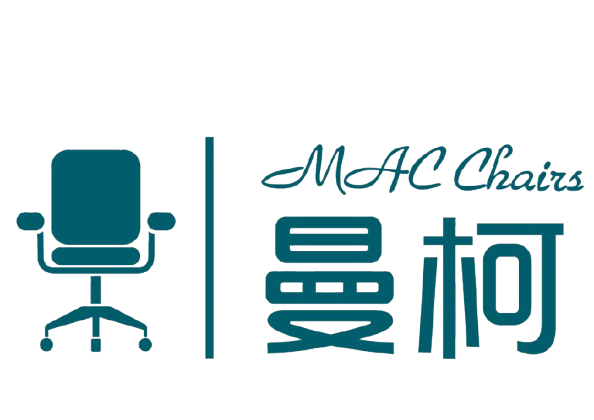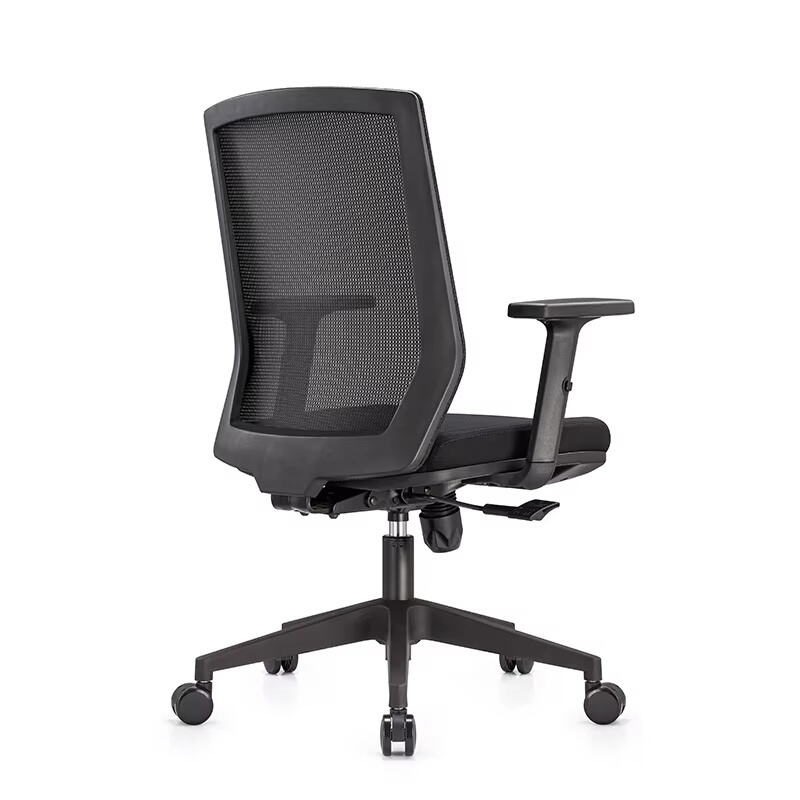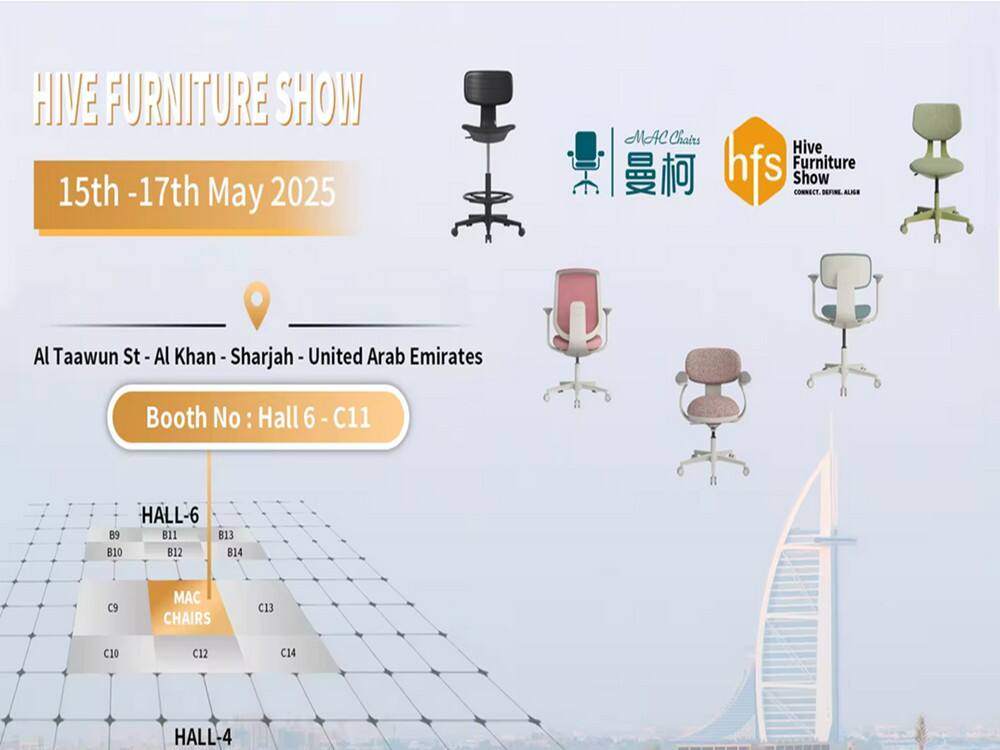
The Evolution of Materials in Office Chair Manufacturing
Traditional Materials vs. Modern Innovations
Office furniture is changing fast these days. Traditional stuff like wood and leather aren't what people want anymore. Instead, we're seeing lots of high performance plastics and composite materials taking over. Sure, wood and leather still have that classic appeal and last pretty well, but new materials actually work better for modern offices where things need to be flexible and strong at the same time. When it comes to keeping furniture looking good over time, contemporary materials win hands down. They don't need nearly as much maintenance and stand up to daily abuse much better than older materials. This means office chairs and desks last longer without looking worn out. The market has definitely shifted too. Recent industry reports show that sales of furniture made with these new materials have gone up significantly. People seem to prefer them now, probably because they fit better with how we work today and also because many of these materials are more environmentally friendly compared to traditional ones.
How Material Science Transformed Conference Chairs
The field of material science has changed how we think about conference chairs, making them much more comfortable and functional at the same time. New developments include lighter weight frames made from composite materials and designs that can be adjusted to fit different body types, all aimed at creating a better sitting experience. Take for example the latest models that feature lumbar support systems and breathable fabric options, things that really matter when someone needs to sit through those endless strategy sessions. Companies report fewer complaints about back pain and workers staying focused longer after switching to these improved chairs. Research from the American Society of Interior Designers shows that offices investing in ergonomic seating see around 15% improvement in staff productivity over six months. What this means practically is that businesses getting serious about employee comfort should look closely at what modern materials can do for their meeting spaces.
Cutting-Edge Materials Redefining Office Seating
High-Performance Mesh for Meeting Room Chairs
Mesh fabric is becoming really popular for those meeting room chairs because it breathes well and adjusts to different shapes. The thing about mesh is it lets air flow through, so people don't get hot and sweaty during those endless meetings we all hate. Some research points to mesh chairs actually making folks more comfortable since they regulate body temperature better than regular leather or cloth seats. What makes mesh stand out is how it molds around the body without losing support, which means someone can slouch a bit or sit upright and still feel okay. Meetings tend to go smoother when everyone isn't fidgeting around trying to find a comfortable spot.
Recycled Polymers in Wheeled Conference Chairs
Recycled plastics have become really important for making those rolling meeting chairs more environmentally friendly, replacing traditional materials that hurt the planet. When manufacturers switch to these recycled options, they cut down on carbon emissions and all sorts of waste during production processes. Take Orangebox as an example company that actually uses 100% recycled plastic in their chair designs. This isn't just good for the environment either. The chairs last longer than many standard models and look pretty decent too, which makes sense when thinking about what customers want from office furniture. Most businesses now care about reducing their impact while still getting quality products that stand up to daily use.
Bio-Based Foams for Sustainable Comfort
Bio foam is becoming popular among office chairs thanks to both green credentials and better comfort. Made from things like corn starch or soybeans instead of petroleum products, these materials offer a greener alternative for workspaces. What makes them stand out is how they provide good support while still being kind to the planet. People who sit at desks all day appreciate this since the padding feels just right without any guilt attached. Green groups have been pushing for more companies to switch to these kinds of materials because they cut down waste and pollution during production compared to traditional methods used in furniture making.
Circular Design Principles for Office Meeting Chairs
The circular design approach is changing how office meeting chairs get made, helping cut down on waste and making manufacturing more sustainable overall. Basically, this method aims to make products that use fewer resources during production and can be recycled much easier at the end of their life cycle. When manufacturers switch to these circular methods, they often find their bottom line improves too. Some studies indicate businesses that incorporate circular thinking into their chair designs typically see around a 30% drop in operating costs plus significant reductions in material waste. Take Herman Miller for instance. They've been working on incorporating circular concepts into their furniture for several years now. Their efforts have not only helped protect the environment but also enhanced their market position as consumers increasingly favor brands committed to green manufacturing practices.
Certified Eco-Materials Gaining Industry Traction
Eco material certifications are becoming more accepted across the furniture sector as people become more aware of sustainability issues and want greener options. When materials get certified, they go through strict testing to check that their environmental footprint stays low, which makes both companies and shoppers prefer these options. Recent market research shows around 20 percent growth in corporate demand for certified green office chairs, particularly as businesses try to boost their CSR profiles. Take Knoll for instance they switched over to using eco certified components in many of their designs, and saw real gains in sales while also improving their overall sustainability credentials. What we're seeing here is how important proper certification actually is for pushing forward the sustainable furniture movement, something that resonates strongly with today's environmentally conscious buyers.
Ergonomic Breakthroughs Through Material Engineering
Pressure-Redistributing Foams in Conference Room Seating
The new pressure redistributing foam technology is changing how we sit in conference rooms for those long meetings that seem to drag on forever. These fancy materials actually mold around our bodies, providing even support across all those trouble spots where pressure builds up and causes backaches after sitting too long. Research shows these chairs really do make a difference for workers health and how productive they stay throughout the day. People who've used them report getting through meetings without the usual stiffness and soreness that typically sets in after an hour or two. Companies that switched to these ergonomic chairs notice their teams stay focused longer during discussions and actually participate more actively instead of just zoning out from discomfort. The bottom line? Comfortable seating leads to better outcomes from meetings and happier employees overall.
Thermoregulating Fabrics for All-Day Meetings
Thermoregulating fabrics help people stay comfortable during those endless corporate meetings where traditional materials just don't cut it when temperatures fluctuate. The smart textiles actually respond to body heat, keeping things at a nice balance between too hot and too cold while managing sweat better than regular fabrics. When someone sits down for hours on end, these materials really shine compared to what we've been using before. They keep the seat at a good temperature range, something that matters a lot when trying to stay focused instead of fidgeting because of discomfort. Research shows that companies investing in chairs with this technology notice fewer distractions during meetings as attendees aren't constantly adjusting their positions or complaining about temperature issues. For businesses looking to improve productivity during lengthy discussions, incorporating such fabrics into office furniture makes sense both from a comfort standpoint and for getting more out of each meeting session.
Future Trends: Smart Materials for Adaptive Seating
Shape-Memory Alloys in Adjustable Conference Chairs
Shape memory alloys are changing the game for adjustable conference chairs. These special metals can actually remember their original form, so chairs made with them can shift shape based on where someone sits. When a person leans back or crosses their legs, the chair responds by adjusting itself to fit better. People who've tested chairs with this technology say they feel much more comfortable throughout long meetings. The chairs just seem to know what position works best for each individual. Beyond comfort, these smart materials help reduce that tired feeling after hours at the table. As companies start adopting this tech, we might see a whole new era of office furniture that truly adapts to how people actually use it instead of forcing everyone into one-size-fits-all designs.
Self-Cleaning Nanotech Surfaces for Shared Spaces
Bringing self-cleaning nanotechnology to office chairs marks a big step forward for keeping things clean in busy offices where lots of people sit down throughout the day. These special surfaces work at a microscopic level to push away grime and germs, so the chairs stay relatively clean without needing constant wiping or scrubbing. After everything we've learned during the pandemic about how important it is to keep workplaces sanitary, this kind of tech makes sense for companies worried about employee health. Some research indicates businesses adopting this tech see lower cleaning expenses and fewer sick days taken by staff members who otherwise might catch something from contaminated surfaces. We're already seeing this in action across many corporate campuses now. Meeting rooms equipped with these smart chairs show just how much difference good design choices can make. Looking ahead, as more companies embrace hybrid work models and flexible office spaces, nanotechnology seems likely to become standard rather than exceptional in creating workplaces that protect both productivity and wellbeing.










